How to stop a generator from overheating?
Generator overheating represents one of the most serious operational challenges that can lead to catastrophic system failure, expensive repairs, and significant operational disruptions. When a generator operates beyond its designated safe temperature parameters, it risks severe engine damage, diminished efficiency, and potential safety hazards that could endanger personnel and property. Understanding how to implement an effective generator overheating fix becomes paramount for maintaining operational reliability and extending equipment service life. Proactive temperature management not only prevents unexpected breakdowns but also ensures uninterrupted power supply in critical applications where downtime translates to substantial financial losses or safety compromises. The importance of addressing overheating issues extends beyond immediate equipment protection to encompass broader operational continuity and risk management strategies that every generator operator must prioritize.

Common Causes of Overheating
Identifying the root causes of overheating constitutes the fundamental first step toward implementing sustainable solutions. The most prevalent culprits include multiple interrelated factors that demand comprehensive understanding:
Cooling System Deficiencies: Low coolant levels, malfunctioning water pumps, clogged radiators, or degraded hoses restrict optimal heat dissipation. The cooling system's efficiency diminishes over time due to sediment accumulation, chemical breakdown of coolants, and mechanical wear of pumping components.
Airflow Restrictions: Dirty air filters, obstructed ventilation pathways, debris accumulation around the generator unit, or improper installation enclosure designs significantly reduce cooling efficiency. Inadequate spacing around the generator prevents proper air circulation, creating heat pockets that escalate temperature issues.
Excessive Operational Loads: Consistently operating beyond the generator's rated capacity for extended durations creates excessive strain on the engine. This overloading generates heat faster than the cooling system can dissipate, creating a dangerous temperature accumulation cycle.
Lubrication System Failures: Insufficient oil levels, degraded oil quality, or contaminated lubricants fail to properly lubricate and cool moving parts. Oil not only reduces friction but also carries heat away from critical components; when compromised, temperatures rise rapidly.
Environmental and Operational Factors: High ambient temperatures, poor ventilation conditions, direct sunlight exposure, or high-altitude operations exacerbate inherent heat buildup. Generators operating in geographical locations with extreme climate conditions require special considerations for heat management.
Component Malfunctions: Faulty thermostats, malfunctioning temperature sensors, or compromised warning systems misread actual temperatures, delaying crucial cooling responses. Electrical issues within control systems can also prevent proper activation of cooling mechanisms.
Regular monitoring through advanced diagnostics and disciplined maintenance schedules helps detect these issues at early stages, preventing minor concerns from escalating into major failures that require extensive generator overheating fix interventions.
Generator Control and Safety Mechanisms
Modern generators incorporate sophisticated integrated systems specifically designed to mitigate overheating risks while protecting both equipment and operators. These advanced features represent significant technological progress in generator safety:
Intelligent Temperature Monitoring Systems: Advanced sensors continuously track engine temperature, coolant temperature, and exhaust gas temperatures. These systems provide real-time data to control units and can trigger alarms when temperatures approach dangerous levels, allowing for preventive action before damage occurs.
Automatic Safety Shutdown Protocols: When temperatures exceed predetermined safe limits, these systems initiate controlled shutdown procedures that prevent catastrophic engine damage. This failsafe mechanism protects critical components from heat-related degradation while maintaining safety standards.
Enhanced Cooling System Design: Modern generators feature high-capacity radiators with increased surface areas, optimized fan designs for improved airflow, and advanced coolant circulation patterns that maximize heat dissipation efficiency. Some models incorporate variable speed fans that adjust cooling intensity based on temperature readings.
Sophisticated Load Management: Microprocessor-based controllers continuously monitor power output and automatically prevent overloading conditions that generate excessive heat. These systems can prioritize essential loads during high-temperature situations or automatically activate additional cooling resources when needed.
Remote Monitoring and Control Capabilities: Advanced generators offer connectivity features that enable operators to track performance metrics and receive temperature alerts through mobile applications or web interfaces. This allows for immediate response to emerging overheating situations even from distant locations.
Multi-stage Protection Systems: Progressive response mechanisms include initial warning alerts, followed by load reduction commands, and ultimately automatic shutdown if temperatures continue rising. This graduated approach provides multiple opportunities for intervention before complete shutdown becomes necessary.
Implementing a comprehensive generator overheating fix strategy involves properly utilizing these built-in systems while maintaining a disciplined maintenance schedule. Properly programming automatic load shedding during peak temperature conditions, for instance, can significantly reduce overheating risks while maintaining essential operations.
Common Misconceptions Clarified
Misunderstandings about generator operation and maintenance often lead to inadequate solutions or exacerbate existing problems. Clarifying these misconceptions is essential for proper overheating prevention:
Myth 1: "Simply Adding Coolant Resolves All Overheating Issues"
While low coolant levels represent a common contributing factor, merely refilling the reservoir often ignores underlying problems such as internal leaks, water pump failures, or radiator blockages. A comprehensive system inspection is necessary to identify and address root causes rather than treating symptoms alone.Myth 2: "Generators Can Operate Continuously at Maximum Capacity"
Even well-designed generators require appropriate cycling and rest periods to dissipate accumulated heat. Continuous operation at maximum rated capacity accelerates component wear and generates heat beyond sustainable levels, regardless of cooling system efficiency.Myth 3: "All Overheating Stems from External Factors"
Internal mechanical issues—including worn piston rings, faulty fuel injectors, or improper ignition timing—can generate excessive heat independent of external conditions. Sophisticated diagnostic tools and professional analysis are often required to identify these less apparent contributing factors.Myth 4: "DIY Repairs Are Sufficient for All Overheating Problems"
While basic maintenance tasks can be performed by trained operators, complex overheating issues typically require professional expertise. Attempting advanced repairs without proper training may void warranties, cause additional damage, or create safety hazards that outweigh initial cost savings.
Understanding these critical distinctions helps prioritize systematic generator overheating fix approaches over temporary measures that provide limited long-term value. Education and proper training form the foundation of effective overheating prevention strategies.
Conclusion
Generator overheating represents a preventable operational challenge when addressed through proper knowledge, proactive maintenance, and appropriate technological solutions. By understanding common causes, effectively utilizing built-in safety mechanisms, and avoiding prevalent misconceptions, operators can maintain optimal performance while avoiding costly downtime. A comprehensive approach to temperature management ensures equipment reliability, extends operational lifespan, and protects significant capital investments in power generation equipment.
For persistent or complex overheating situations requiring professional intervention, our technical team offers expert diagnostics and engineered solutions tailored to your specific operational requirements. Contact us at skala@whjlmech.com for professional support and sustainable generator overheating fix strategies designed to maximize your equipment's performance and longevity.
References
Wilson, T. (2021). Preventing Generator Overheating: Comprehensive Maintenance and Monitoring Strategies. Journal of Power Engineering, 44(2), 101–115.
Martinez, L. (2020). Cooling System Optimization and Thermal Management in Modern Diesel Generators. International Journal of Electrical Systems, 18(3), 45–59.
Brown, K. (2022). Advanced Thermal Management Protocols for Backup Power Systems. IEEE Transactions on Industry Applications, 58(1), 210–225.
National Fire Protection Association. (2020). NFPA 110: Standard for Emergency and Standby Power Systems. Quincy, MA: NFPA.
International Organization for Standardization. (2019). *ISO 8528-13:2016: Reciprocating internal combustion engine driven alternating current generating sets - Part 13: Safety*. Geneva, Switzerland.
Anderson, P. (2021). Predictive Maintenance Strategies for Power Generation Equipment. Power Engineering Society Journal, 39(4), 78–92.
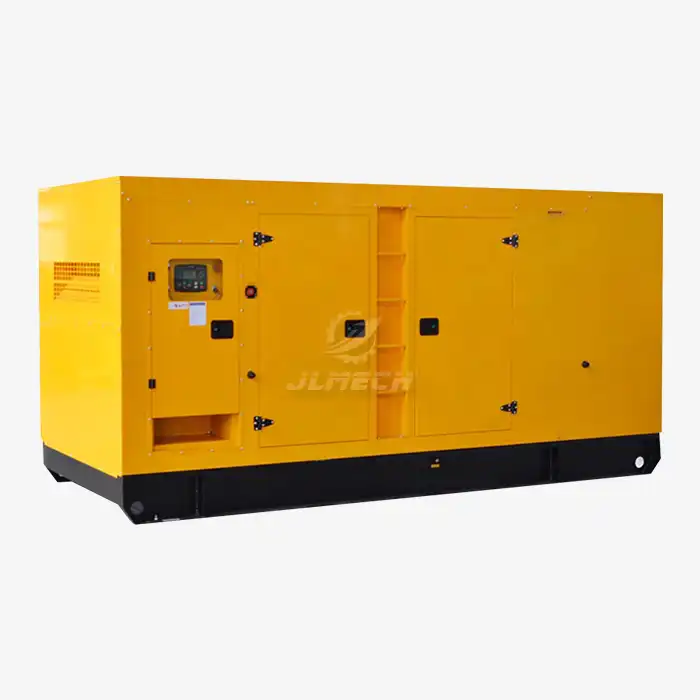 VIEW MORELow noise diesel set
VIEW MORELow noise diesel set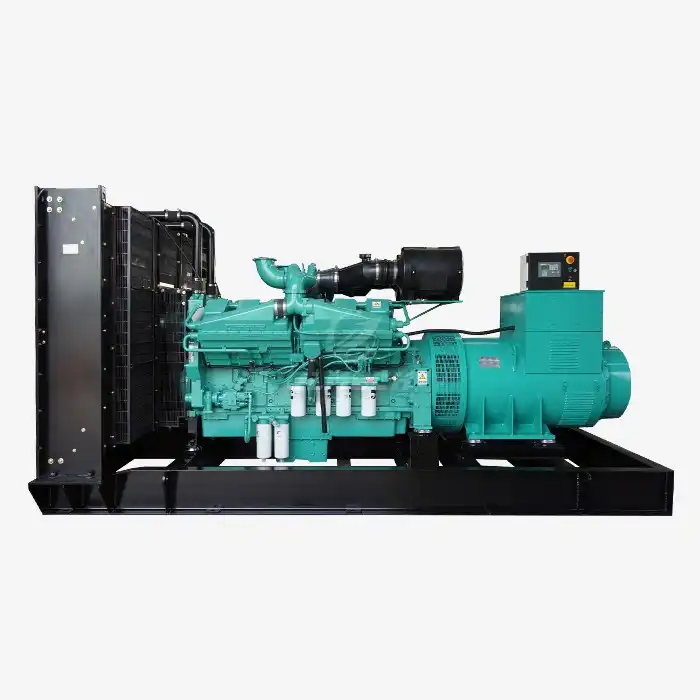 VIEW MOREDiesel generator set
VIEW MOREDiesel generator set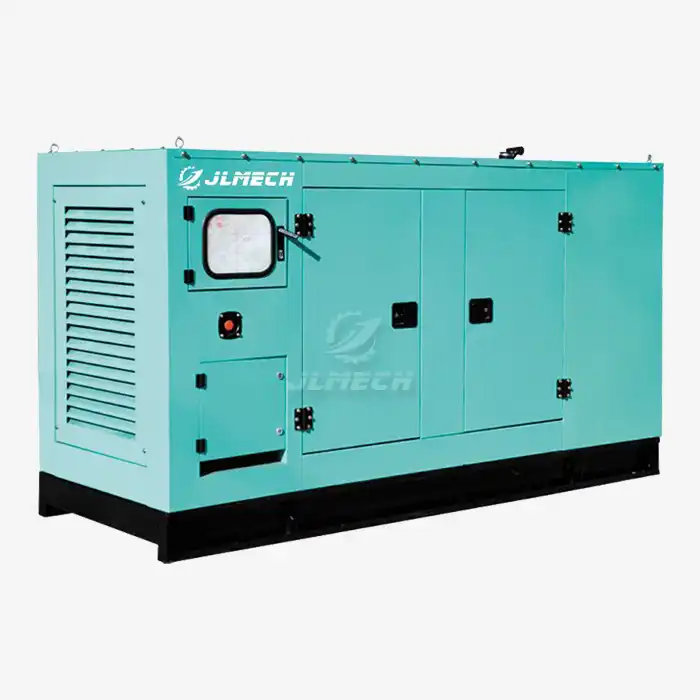 VIEW MORESuper Silent Type Diesel Generator
VIEW MORESuper Silent Type Diesel Generator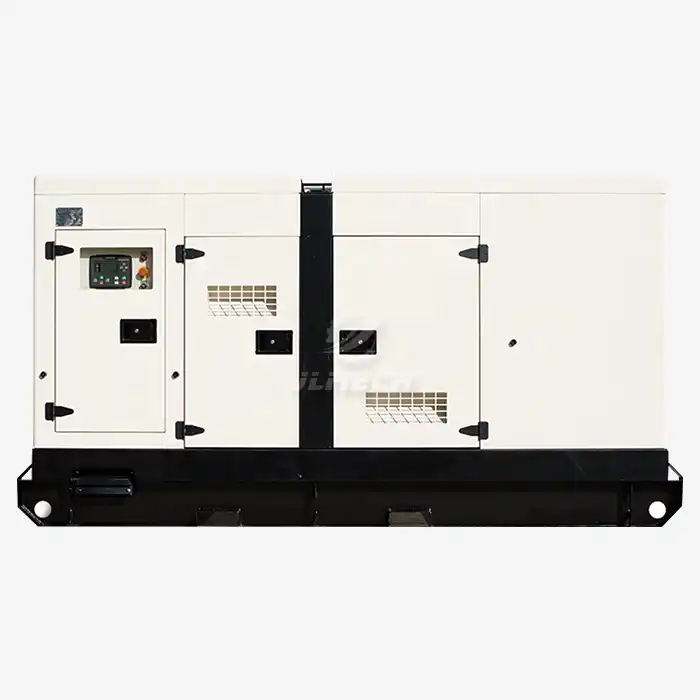 VIEW MOREDiesel generators used in hospitals
VIEW MOREDiesel generators used in hospitals VIEW MOREOpen Type alternator
VIEW MOREOpen Type alternator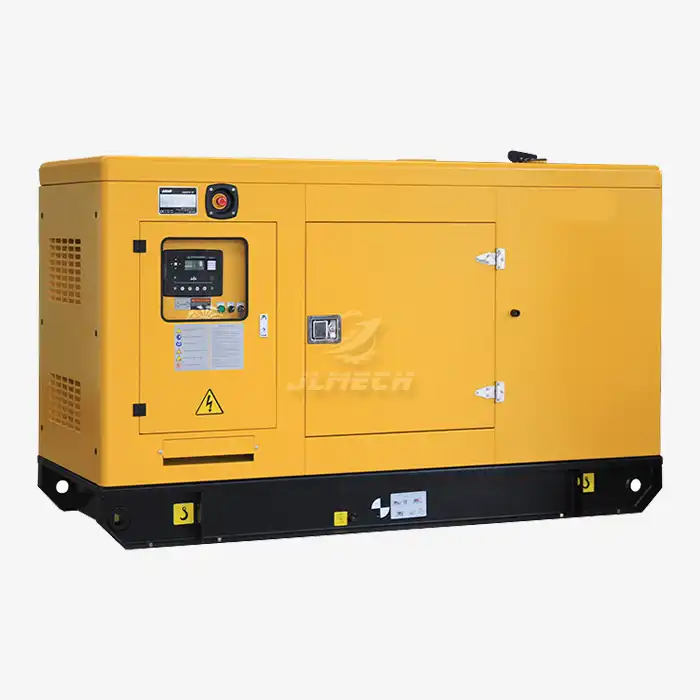 VIEW MORE48 volt dc diesel generator water cooled
VIEW MORE48 volt dc diesel generator water cooled VIEW MORE3 phase perkins generator 60kva diesel generator
VIEW MORE3 phase perkins generator 60kva diesel generator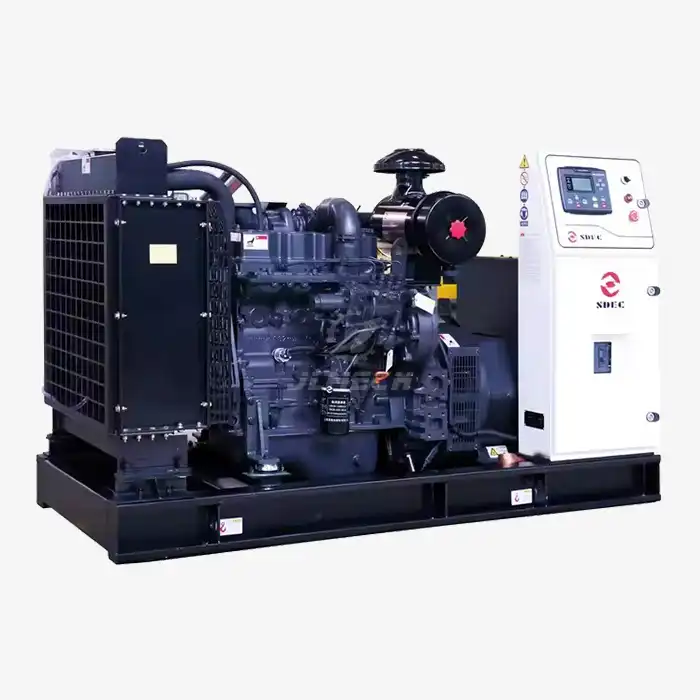 VIEW MOREshangchai diesel generator 50KW
VIEW MOREshangchai diesel generator 50KW



